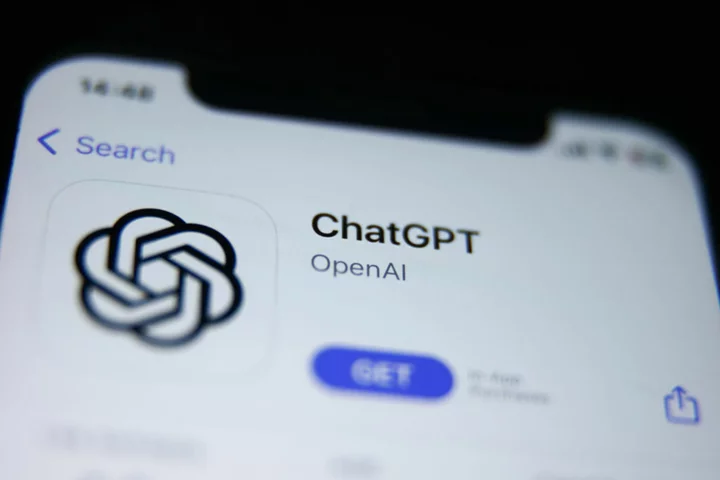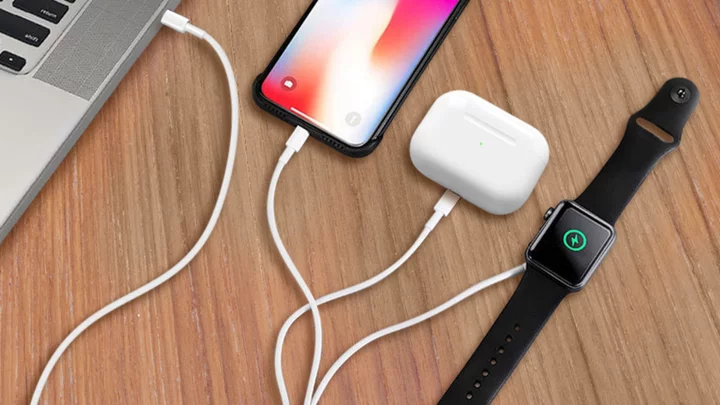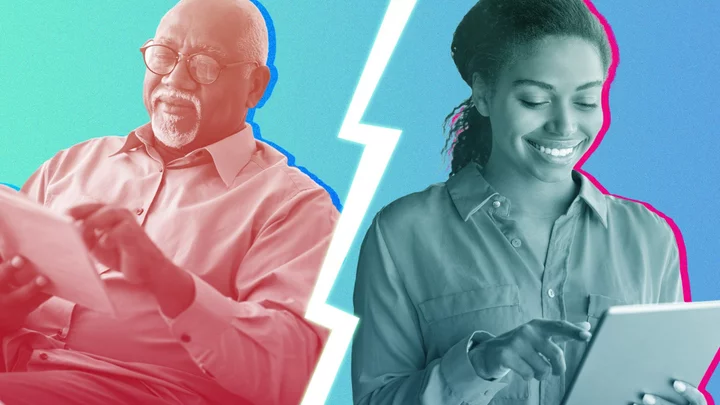"We are so back," posted OpenAI CEO Sam Altman. In other words, ChatGPT can now browse the internet again.
A week after the ChatGPT creator launched a Browse with Bing plugin, the feature was deactivated after it was discovered that users could access paywalled content. Now, internet browsing is back, meaning users can get real-time information past the September 2021 cutoff of data that was used to train the model. OpenAI posted the announcement on X (formerly known as Twitter).
SEE ALSO: OpenAI launches webcrawler GPTBot, and instructions on how to block it"Since the original launch of browsing in May, we received useful feedback," said OpenAI on X. "Updates include following robots.txt and identifying user agents so sites can control how ChatGPT interacts with them."
Robots.txt is the file that allows web crawlers to access a site's content. Many sites have chosen to block OpenAI's web crawler tool GPTBot over unfair web scraping which might lead to copyright infringement and lack of compensation or credit. So while ChatGPT is connected to the world wide web, it will be missing out on news sites like the New York Times, The Washington Post, The Guardian, Reuters, CNN, as well as Amazon, Wikihow, Quora, Shutterstock, and Indeed.
ChatGPT with internet access is a powerful tool, with or without access to some of the world's top websites. It means users can get real time information about current events — notably, X (formerly Twitter) has not blocked access.
Internet browsing with ChatGPT is currently only available to ChatGPT Plus and Enterprise users, with plans to roll out to all users eventually. Additionally, you'll need to enable chat history in order for the browser plugin to work, which means opting in to sharing your personal data to train the model. So if you've made your chat history private, prepare to share your real-time browsing data with OpenAI.









